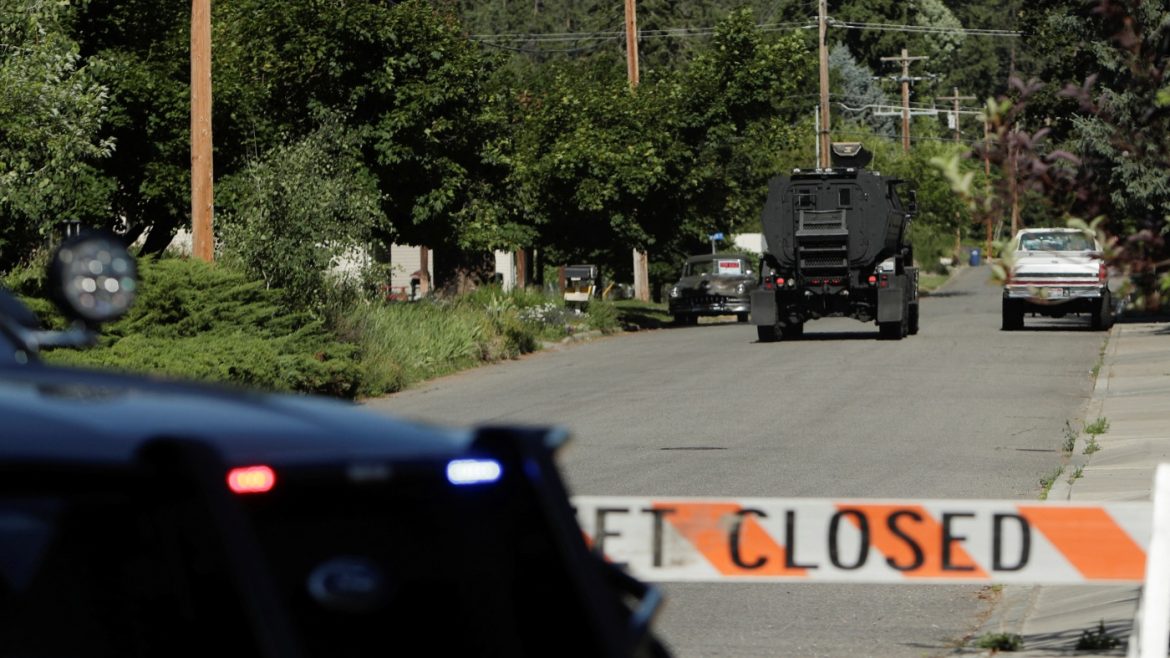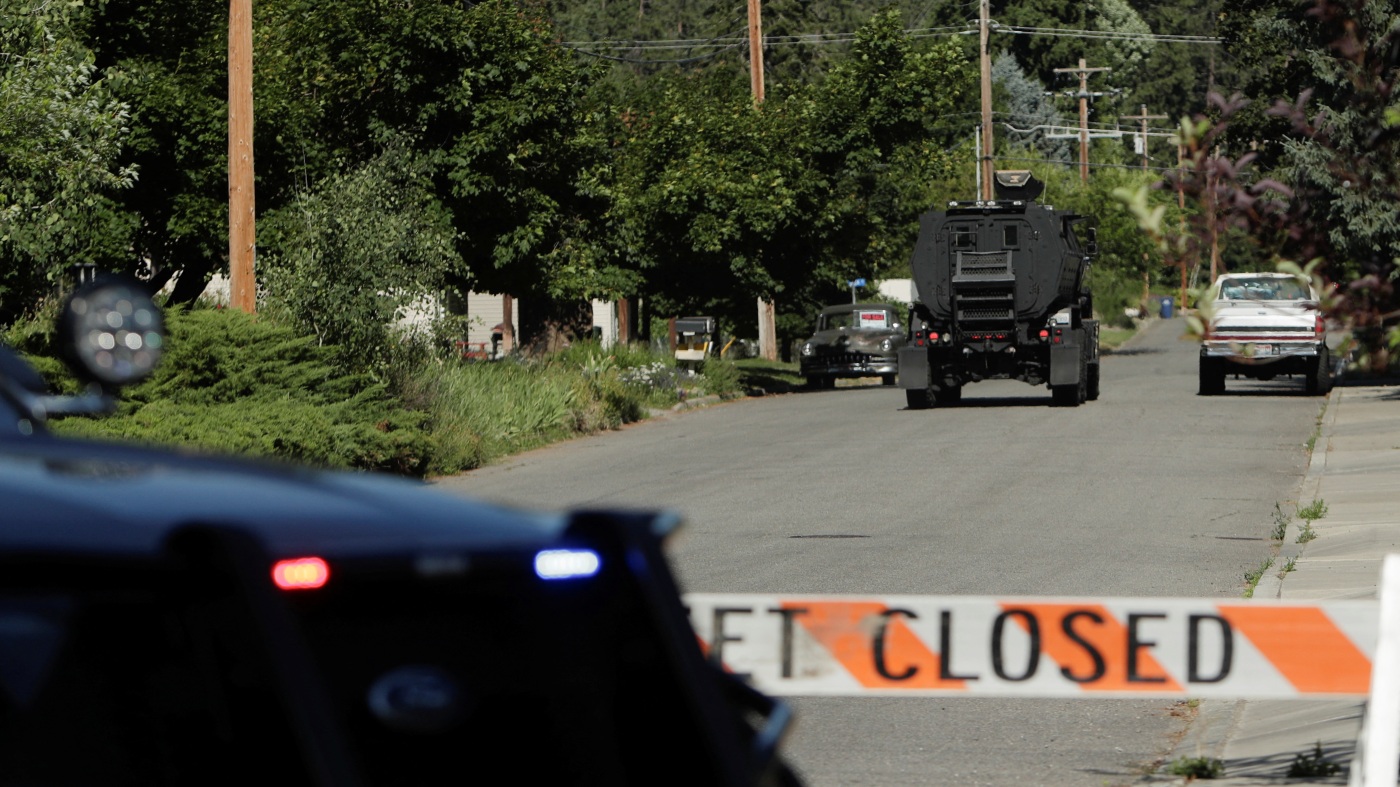In the serene, forested landscapes of northern Idaho, a tragedy unfolded on June 29, 2025, that would forever alter the perception of safety for firefighters across the nation. The incident, described by authorities as a “total ambush,” targeted first responders battling a brush fire near Coeur d’Alene, resulting in the deaths of two firefighters and the critical injury of a third. The assailant, 20-year-old Wess Roley, allegedly set the fire as a lure, then opened sniper-style fire on the responding firefighters. This calculated attack sent shockwaves through the community, raising urgent questions about the evolving risks faced by first responders in an era of escalating wildfires and targeted violence.
The Ambush: A Deliberate and Deadly Trap
The sequence of events began in the early afternoon when emergency services received reports of a brush fire on Canfield Mountain, just north of Coeur d’Alene. Firefighters, accustomed to the dangers of battling wildfires in this fire-prone region, responded promptly. However, what awaited them was not a typical fire suppression scenario but a meticulously planned trap. The suspect, Wess Roley, allegedly ignited the fire with the intent to draw firefighters to a specific location so he could ambush them. Once the firefighters were engaged, Roley opened sniper fire, fatally shooting two first responders and critically injuring a third.
The ambush was a stark departure from the usual hazards firefighters face, introducing a terrifying new risk: being targeted by gunfire while performing their duties. The deliberate nature of the attack underscored a disturbing dimension of criminal intent not generally associated with firefighting hazards. The use of a deliberately set fire as bait revealed a level of premeditation that shocked law enforcement and the public alike.
Law Enforcement Response and the Aftermath
Authorities acted swiftly following the shooting. Over 300 law enforcement officers, including the FBI, were mobilized to secure the area and pursue the gunman. A prolonged exchange of gunfire ensued, culminating in the discovery of the suspect’s body on the same day. The circumstances surrounding Roley’s death remain under investigation, adding another layer of complexity to the case.
Sheriff Bob Norris of Kootenai County characterized the event as “completely intentional,” emphasizing that it was a ruthless and premeditated attack engineered to exploit the firefighters’ duty. The swift response by law enforcement highlighted the gravity of the situation and the determination to bring the perpetrator to justice. However, the discovery of Roley’s body raised questions about the events leading to his death and the tactics employed during the pursuit.
Impact on the Firefighting Community and Public Reaction
The ambush sent shockwaves throughout Idaho and the broader firefighting community nationwide. Firefighters are already regularly faced with dangerous conditions battling blazes, and this incident introduced a terrifying new risk: being targeted by gunfire while performing their duties. The attack underscored the vulnerability of first responders and the need for enhanced protective measures during wildfire responses.
In response, officials and community leaders expressed profound grief and outrage. The Idaho House Republican Leadership issued a statement condemning the savage attack, highlighting the deep respect and gratitude owed to first responders who risk their lives for public safety. Funerals and memorials were solemn affairs, with tributes emphasizing the heroic nature of the victims’ service and the sacrifice made in protecting their community.
The incident also sparked a national conversation about the safety of first responders and the need for increased protection. Firefighters across the country expressed solidarity with their fallen colleagues, and calls for improved safety protocols and tactical support during wildfire responses gained momentum. The tragedy served as a stark reminder of the dangers faced by those who rush toward danger to protect others.
Broader Context: Wildfires and Increasing Risks to First Responders
This tragedy underscores the increasing complexity and danger firefighters face battling wildfires, particularly amid intensifying wildfire seasons attributed to climate change. The addition of targeted violence toward first responders marks a significant and alarming evolution in threats against these public servants. The calculated nature of this attack, using a deliberately set fire as bait, reveals a disturbing dimension of criminal intent not generally associated with firefighting hazards.
Law enforcement agencies across the country may need to reconsider protocols and develop enhanced protective measures during wildfire responses, including additional tactical support when responding to fires in isolated or vulnerable areas. The incident highlights the need for a comprehensive approach to addressing the evolving risks faced by first responders, including improved training, equipment, and coordination between fire and law enforcement agencies.
Conclusion: Honoring Courage Amidst Tragedy
The Idaho firefighter shooting marks a somber chapter in American public safety history. Two brave firefighters lost their lives under horrifying circumstances, while another fights for recovery after being wounded in an ambush designed to exploit their courage and commitment. Their sacrifice calls for reflection on the evolving risks emergency responders face and the imperative of community solidarity in supporting these heroes.
As Idaho and the nation mourn, this incident serves as a stark reminder of both the valor and vulnerability inherent in the act of public service—in particular, the courageous individuals who rush toward danger so others might live safely. Though the darkness of this event weighs heavily, it also reinforces the resilience of those who serve and the enduring respect they deserve. Their legacy will carry forward as a beacon of dedication and sacrifice for future generations, inspiring continued efforts to ensure the safety and protection of those who protect us all.


